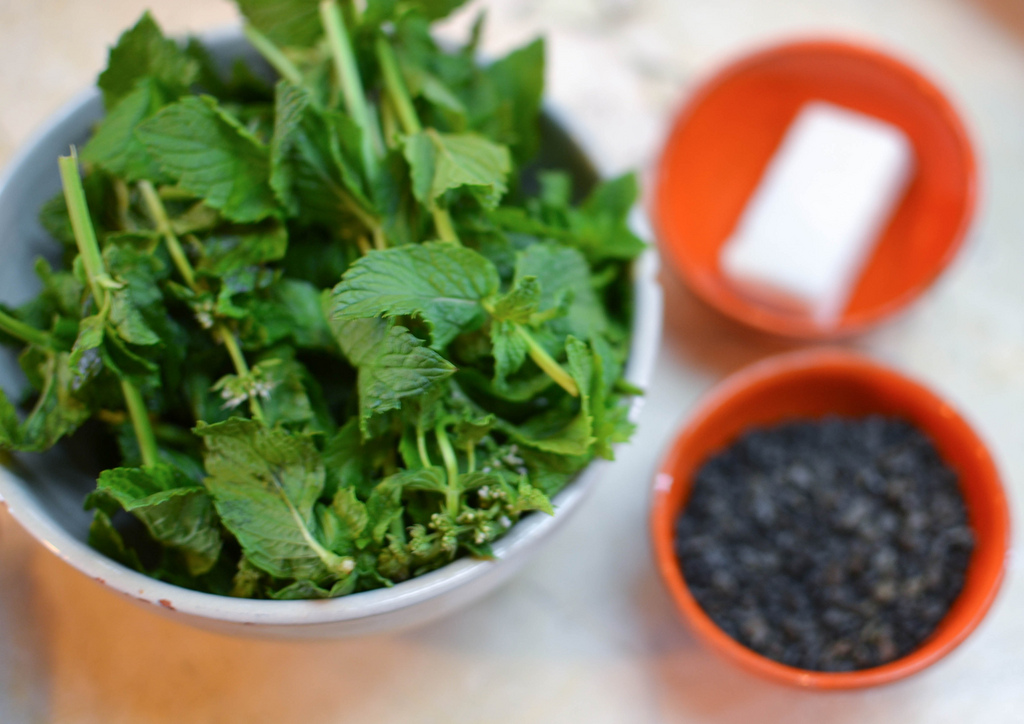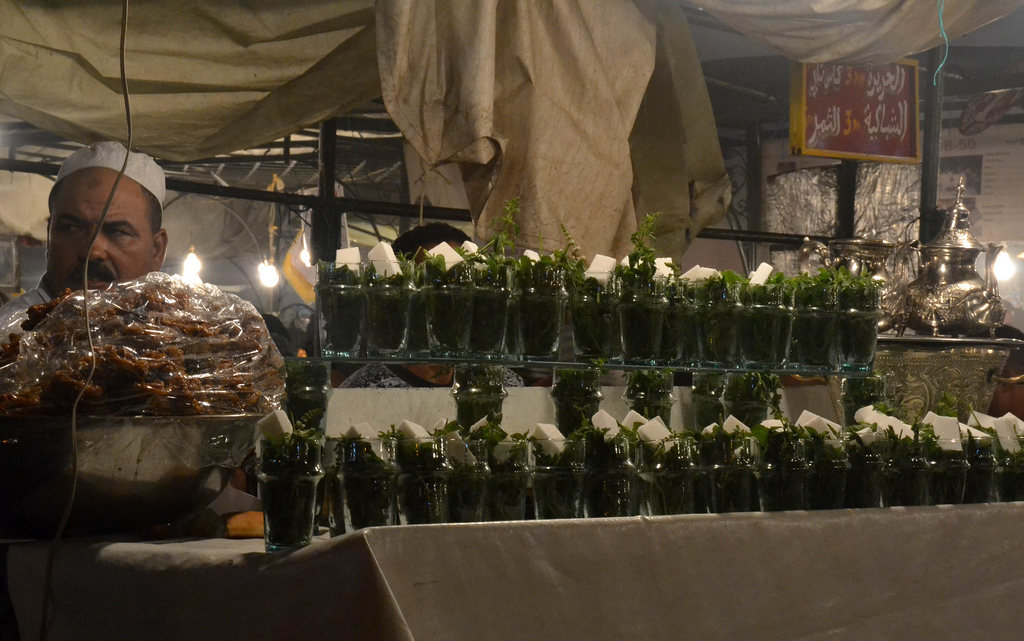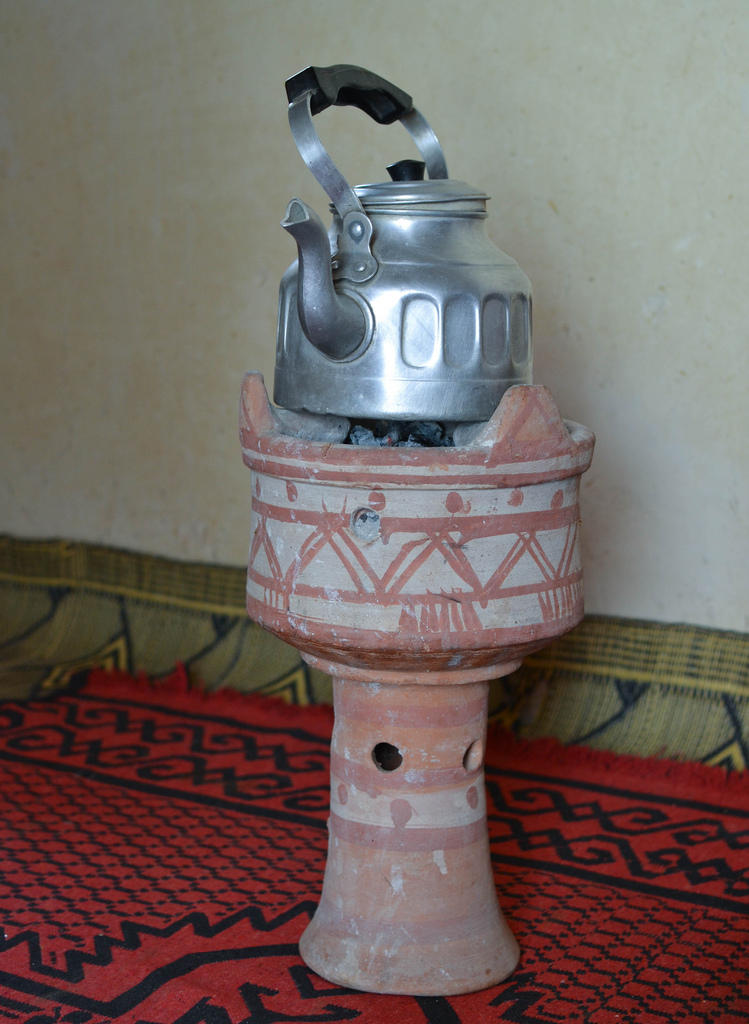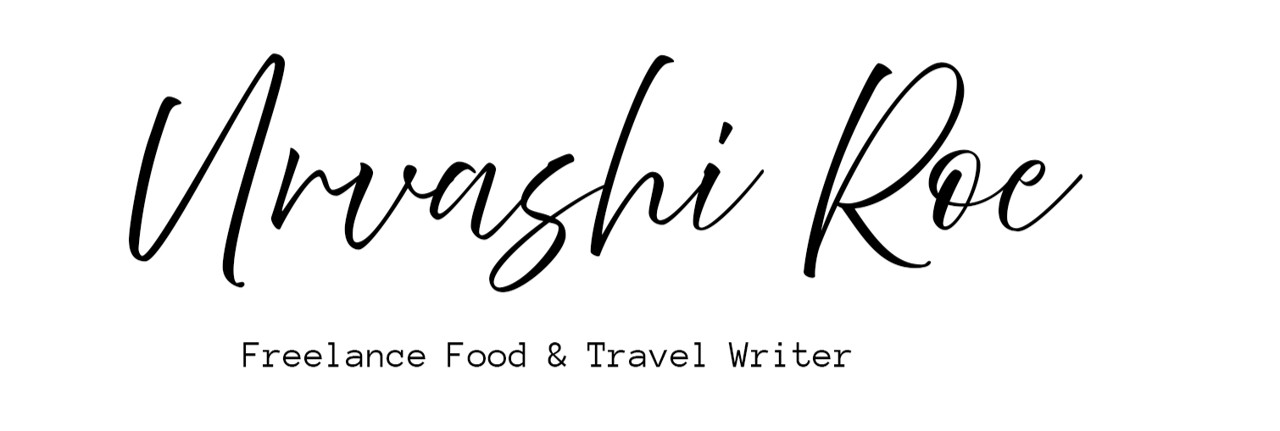Taking some time out for mint tea is a must in Morocco. During my travels this summer I found no rhyme or reason as to the time of day. It was offered ALL the time! There is much ceremony around it and all sorts of rituals across different parts of the country.
Four simple ingredients
Contrary to what I had thought the tea used is not black tea but gunpowder green tea. This is accompanied simply by fresh mint leaves, sugar and water.

Before the British brought tea to Morocco in the 18th century, different herbs were used instead giving different flavours and healing properties. Nowadays these herbs are added according to the locality, season or ailment. For example, absinthe and thyme are common in winter to ward off coughs and colds and keep the body warm whereas a mixture of sage and mint is a speciality in Marrakech .

There are two types of mint – the local variety called ‘sheest’ which is a small woody leaf used rather for cooking and the cultivated mint which yields a large flat leaf. The latter is preferred for tea and you see mounds of it in every souk or piled up onto donkeys near the popular town cafes.
A very specific tea pot
Despite their beautifully ornate appearance, teapots are an integral part of making the tea in Morocco and are not just used just for serving. Here’s what to look for when buying your own:
- It should have a flat bottom to sit firmly on a gas stove rather than a bowl shaped bottom used on open fires.
- The handle should not be made of metal and thus need a cloth to pick it up.
- It should not be too heavy that it cannot be lifted from a height – this is very much part of the way tea is served.
- It should have no holes on the side to let the steam out.
- It should have a filter covering the entrance to the spout so that messy tea strainers are not needed
- It should not made of lead – many of the decorative varieties were made of lead in days of old and so while they are pretty, they should only be used for ornamental purposes
Doing it the right way
There were so many arguments over the best way to make tea. One thing that everyone agreed on was it was the job of the man of the house and that it should be made in front of your guests to show them how fresh it is. So much so that in Berber villages, the fire pit is brought into the room and you chat as the water boils!

Making the tea
It’s really not that complicated. Here are the basic steps:
- Firstly add the tea to the pot. About one heaped teaspoons should be plenty for two people but check your chosen packet of tea.
- Add enough boiling water to cover the tea and then place the teapot on the hob and bring to the boil. As soon as it’s boiling, take it off the stove and pour it away. This process uncurls the tea leaf and loosens any trapped dirt and tea powder from the dried leaves as well as removing the bitterness.
- Now add a large handful of mint, fill the pot with boiling water again and then add sugar to taste. The Moroccans love their tea sweet so as a guide try 1 teaspoon per person and sweeten to your taste afterwards.
- Bring this to the boil and then serve in pretty tea glasses. It’s important to lift the pot to pour as this aerates the tea and adds bubbles which sit on the top showing the tea is fresh.
Slurp and enjoy!
We visited many Moroccan homes and slurping was encouraged. It’s also traditional to say ‘Bessa’ha’ before drinking which literally means “To your health”.

The tea is served three times and each glassful has a different taste depending on how long the tea has been left to steep. This lovely poem just about sums it up…
The first glass is as gentle as life,
the second glass is as strong as love,
the third glass is as bitter as death.
